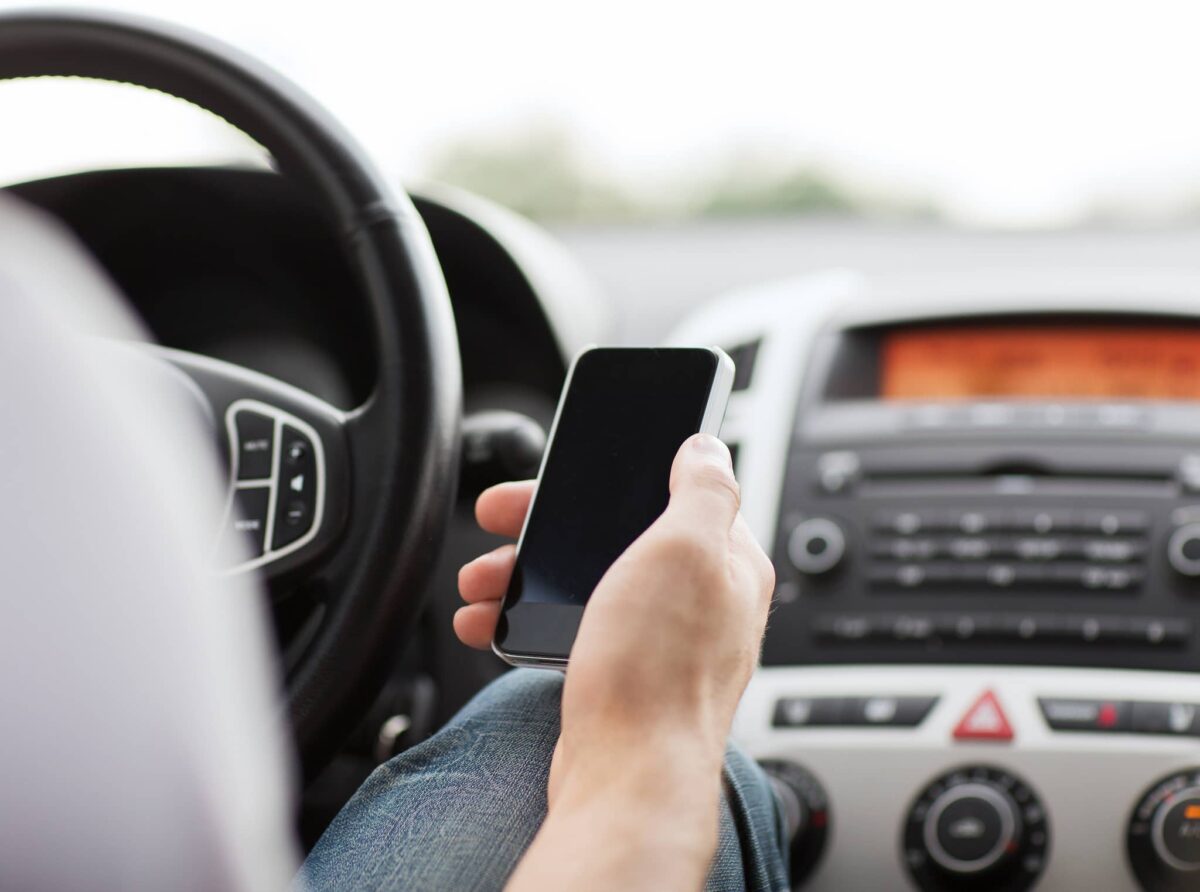It’s common knowledge that cellphones and driving don’t work well together, and taking your hands off the wheel to grab something isn’t a smart maneuver either. And according to a study, when these behaviors are done by teens, their risk for a crash multiplies by two and seven, respectively.
Learn More: Ways to save money on a road trip
The study conducted by researchers at the National Institutes of Health used “real-time driving data” to track how long a teen took his eyes off the road due to distracting behaviors such as using a cellphone or reaching for objects like makeup or food.
“Teenage drivers are so comfortable with mobile devices that they tend to overestimate their ability to multitask while driving,” said Bruce Simons-Morton, M.P.H., Ed.D., a senior investigator at NIH’s Eunice Kennedy Shriver National Institute of Child Health and Human Development and one of the study’s authors.
Over a one-year period, 82 teen drivers in Virginia who recently earned their driver’s licenses were monitored for the study. Each driver’s driving habits and behavior were monitored by GPS technology and cameras. Fourteen of the total participants crashed twice or more while 25 teen drivers were involved in one crash during the study period; 43 of the teen drivers were not involved in a crash.
“Using six-second videos of driver behavior prior to a crash, researchers calculated that for every second that a teen’s eyes were off the road, the risk of a crash increased by 28 percent regardless of the type of distraction,” according to the NICHD.
Other behaviors such as drinking, eating, dancing to music, and attending to personal hygiene were recorded by the cameras, too, but the study found that visual distractions increased crash risk the most.
Learn More: Tips for keeping your pet safe on a road trip
“During their first year of independent driving, teens often engage in many different activities behind the wheel that could lead to a crash,” said Pnina Gershon, Ph.D., the study’s lead author. “Teenage drivers may benefit from interventions that monitor and alert them during frequent or prolonged inattention to the road.”
News Source: Eunice Kennedy Shriver National Institute of Child Health and Human Development
The News Wheel is a digital auto magazine providing readers with a fresh perspective on the latest car news. We’re located in the heart of America (Dayton, Ohio) and our goal is to deliver an entertaining and informative perspective on what’s trending in the automotive world. See more articles from The News Wheel.











